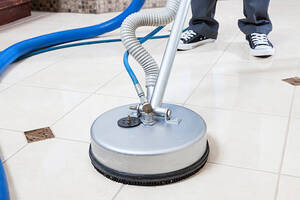Safety First: High Level Cleaning Procedures for Elevated Spaces
Body
Introduction
High level cleaning in elevated spaces is a task that demands meticulous attention to safety. Whether you are cleaning the windows of a skyscraper or maintaining industrial equipment high above the ground, ensuring the safety of personnel and property is paramount. In this article, we will explore the essential safety procedures and guidelines for high level cleaning in elevated spaces.
The Significance of Safety in High Level Cleaning
Working at heights inherently involves risks. Falls from elevated areas can result in severe injuries or fatalities, and the potential for accidents is higher when cleaning at great heights. Therefore, a robust safety protocol is essential to protect the individuals involved and to meet safety regulations.
High Level Cleaning Safety Procedures
- Training and Certification: Ensure that all personnel involved in high level cleaning receive proper training and certification in working at heights. This should cover the use of safety equipment, fall protection measures, and emergency procedures.
- Safety Gear: Provide and mandate the use of appropriate safety gear, including safety harnesses, helmets, gloves, and non-slip footwear. Ensure that all gear is well-maintained and regularly inspected for defects.
- Risk Assessment: Conduct a thorough risk assessment before each high level cleaning task. Identify potential hazards and implement measures to mitigate them. Consider factors such as weather conditions and the condition of the surface to be cleaned.
- Equipment Inspection: Regularly inspect and maintain all cleaning equipment and access tools. Faulty equipment can lead to accidents, so a proactive approach to equipment maintenance is crucial.
- Secure Work Area: Establish a secure work area by cordoning off the cleaning zone and warning bystanders of the ongoing work. Use cones, barriers, or signage to clearly indicate potential danger zones.
- Communication: Maintain effective communication between team members during high level cleaning tasks. This includes using two-way radios or other communication devices to coordinate movements and respond to emergencies.
- Emergency Response Plan: Develop a comprehensive emergency response plan that includes procedures for evacuation, first aid, and communication in the event of an accident or injury.
Conclusion
In conclusion, high level cleaning procedures for elevated spaces must prioritize safety above all else. By adhering to these safety guidelines, you not only protect the well-being of your cleaning personnel but also ensure compliance with safety regulations. Safety should always be the foundation upon which high level cleaning operations are built.
Remember, in the world of high level cleaning, Safety First is not just a phrase; it's a fundamental principle that must guide every action and decision.










Comments